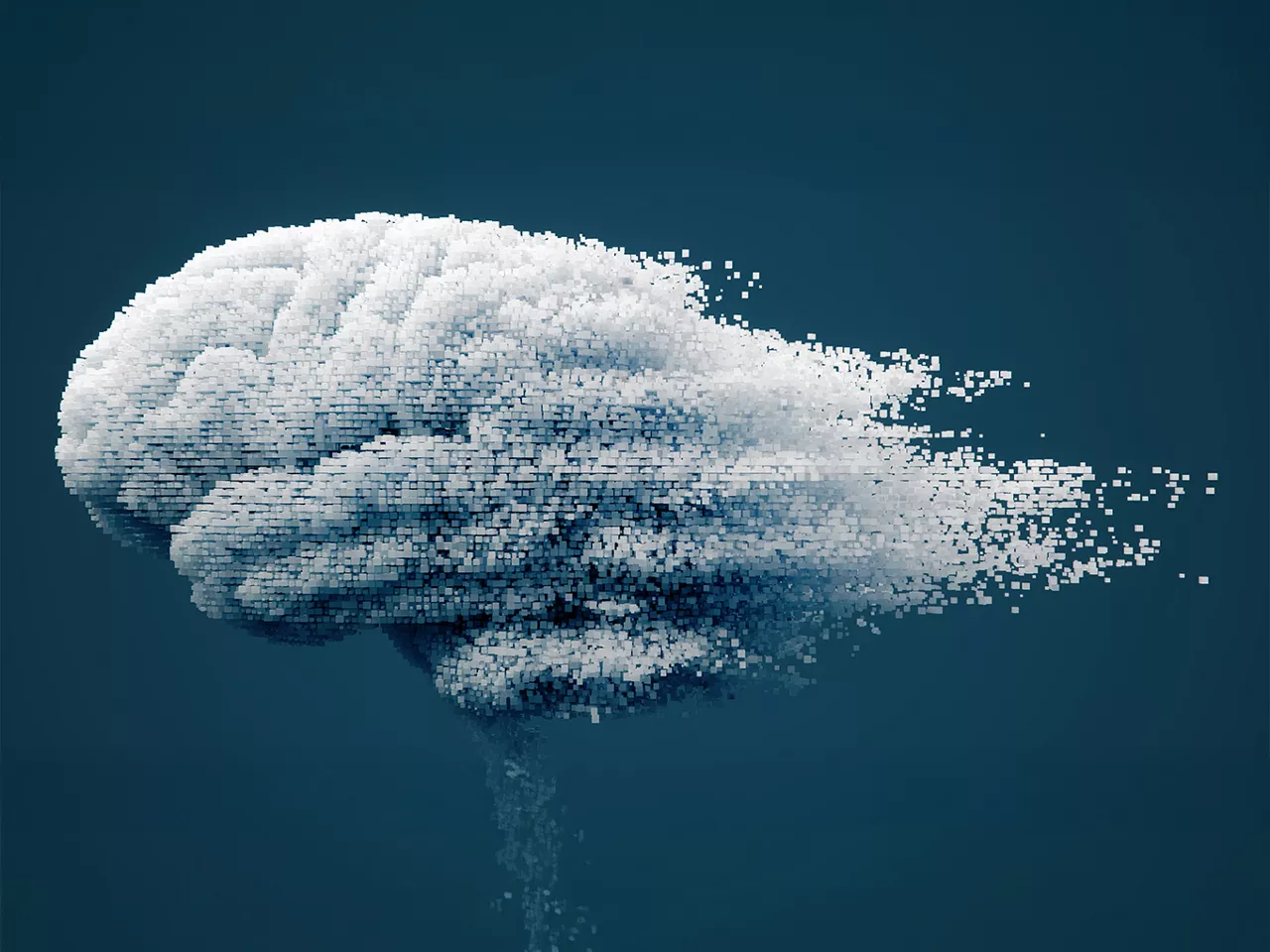Move Fast, Don’t Break Things
Balancing culture and innovation in the age of generative AI.
Written by Octavian Tanase | 5 min • April 11, 2025

Move Fast, Don’t Break Things
Balancing culture and innovation in the age of generative AI.
Written by Octavian Tanase | 5 min • April 11, 2025

Eastman Kodak executives were sitting on a goldmine.
In 1975, the photography company had near total domination of the U.S. market. The source of untold wealth was a clunky piece of technology built by an employee named Steven Sasson.
Sasson’s invention wasn’t much to look at. It was about the size of a toaster and a Frankenstein’s monster of parts — a Super-8 movie camera lens, exposed wiring and circuits, rows of batteries, and a cassette tape tacked onto the side. This was the world’s first digital camera.
What did Kodak’s management do when Sasson presented his breakthrough? By his telling, they tabled it. We all know how Kodak’s story played out from there.
With hindsight, it’s easy to pinpoint missed opportunities. It’s far more difficult to recognize them in real time while driving results — especially today, when innovation moves at warp speed.
In more than two decades of leading engineering and product development teams in the technology industry, I’ve noticed a dependable truth: Culture gives organizations a competitive edge.
Organizations that thrive know how to do two things at once: relentlessly improve what works and make bold leaps into the future. With generative artificial intelligence reshaping the way we work, striking this balance means the difference between success and irrelevance.
I learned a lesson about the importance of workplace culture the hard way.
In the early 2000s, I worked on Sun Microsystem’s NetBeans project, refining the integrated development environment’s code editing and completion tools. It soon became clear the industry had a hunger for solutions that could generate code, not just help write it. But we stuck with the comfort of iterative progress and never invested in learning models.
We didn’t take the leap.
That’s not to say striving for incremental and ongoing gains was a disadvantage. Quite the opposite. A culture of continuous improvement — known in Japanese as “kaizen” — can achieve enormous feats. It’s vital for the day-to-day operations of any organization.
But sometimes perfection is the enemy of progress. For example, if we continued perfecting landline phones, we’d never have connected the world to instantaneous communication with cellular networks.
To seize these opportunities, organizations must operate with speed and take calculated risks. That requires a culture that accepts moving with urgency and occasional discomfort. Yes, change is intimidating, but the risk of inaction is obsolescence.
There’s an innate bias to be aware of here. We’re often better at evaluating the downside of running ahead than we are at calculating the loss of standing still.
And moving fast isn’t grounds for acting recklessly. Technology’s outsized potential to harm or help humanity makes responsibility nonnegotiable. A culture rooted in integrity and empathy helps ensure innovation doesn’t lead to the dark side.
AI has made this culture of improvement and innovation a must-have feature for every workplace. The technology isn’t just changing the way we work — we’re also changing the way we work with it. To see how, consider chess.
From its invention in the sixth century to the late 20th century, humans were the dominant chess players on planet Earth. That changed in 1997 when IBM’s Deep Blue computer bested a world chess champion, Garry Kasparov, in a six-game series. Since then, grandmasters looking to uplevel their skills have started working with AI solutions. Humans supply the strategy, and computers bring the tactics.
This relationship will become the norm across industries.
We’re entering an era of increased human–AI collaboration. Instead of using the technology simply as a tool to boost productivity, we’ll become more like coaches, guiding its work to support our teams. In this paradigm, organizations will need a culture of continuous improvement, adaptability and responsibility to thrive. After all, we’ll be calling the plays, setting the guardrails, and looking for new efficiencies and big breakthroughs.
Imagine you’ve done all this hard work.
You’ve led your team through a cultural shift, doubled down on continuous improvement, elevated human-AI collaboration and spotted a leap-frog opportunity no one else sees. Unfortunately, you may still face pushback from other decision-makers who’d rather sit and wait than take a chance.
In these moments, bring up time. It’s one currency that’s always in short supply.
Showing how a new process, product or investment will free up time can help win over creatures of habit. Don’t just talk about efficiency. Paint them a picture. Tell them about the hours they’ll have with loved ones, the afternoons for reading great literature, the evenings they can spend at their child’s baseball game and the opportunities to cross items off of their bucket lists.
Here’s the good news.
Generative AI is shaping up to be one of the greatest time-saving technologies in history. We’re sitting on a goldmine. Let’s make sure it doesn’t pass us by.